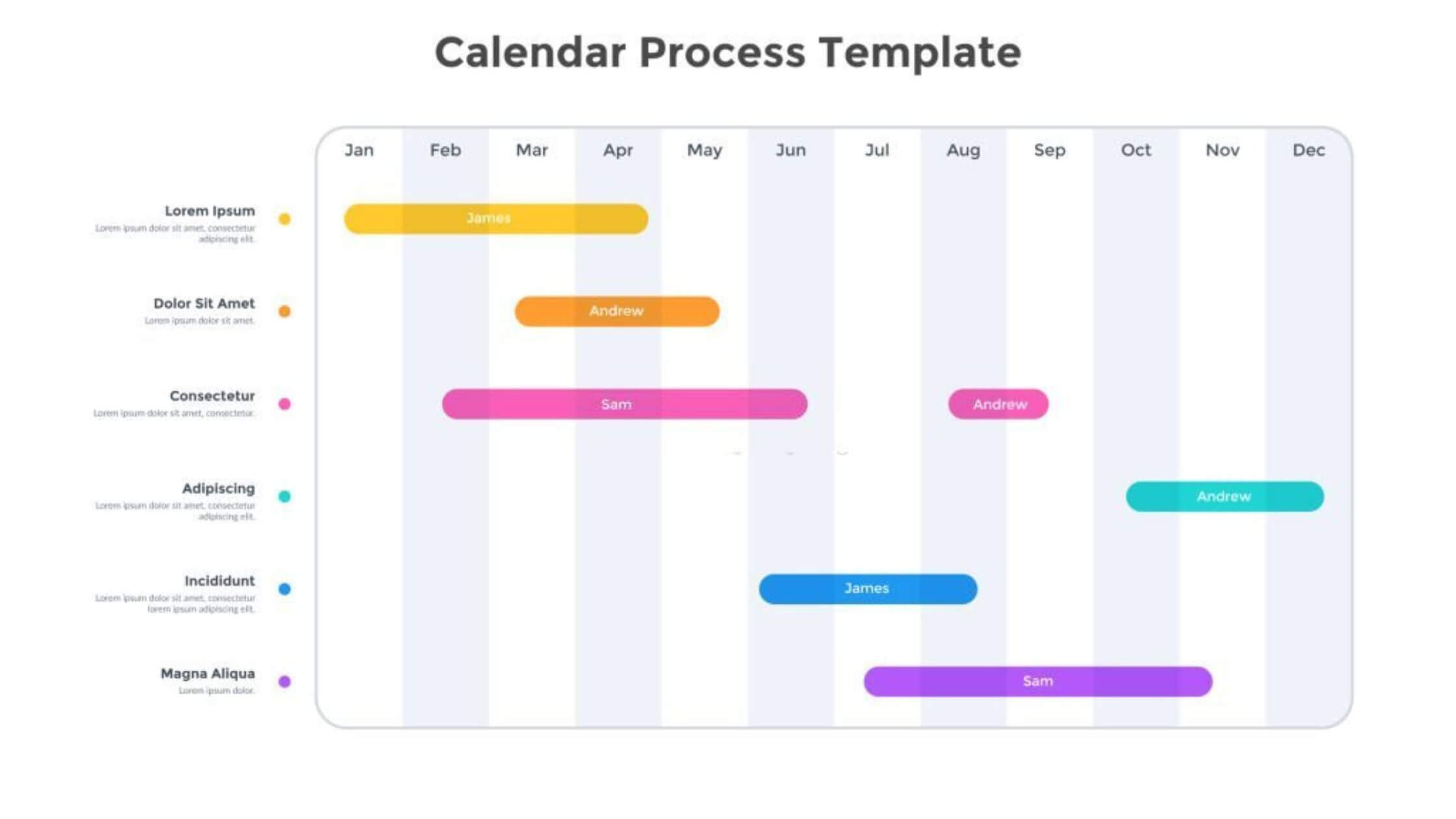

In project management, the Work Breakdown Structure (WBS) is a hierarchical decomposition of the project deliverables into smaller, manageable components. It is an essential tool that helps in organizing and planning projects effectively. The WBS consists of multiple levels, each representing a different level of detail and granularity.
Level 1: Project Level
The first level of the WBS is the project level. At this level, the project is divided into major deliverables or phases. These are high-level components that define the project’s main objectives and outcomes. The project level provides a top-down view of the project and serves as the foundation for the subsequent levels of the WBS.
Level 2: Deliverable Level
The second level of the WBS is the deliverable level. At this level, the major deliverables identified at the project level are further decomposed into smaller, more manageable deliverables. Each deliverable represents a unique and distinct component of the project. The deliverable level provides a more detailed breakdown of the project scope and helps in assigning responsibilities and tracking progress.
Level 3: Sub-Deliverable Level
The third level of the WBS is the sub-deliverable level. At this level, each deliverable from the previous level is further broken down into sub-deliverables. These sub-deliverables are specific tasks or activities that need to be completed to achieve the corresponding deliverable. The sub-deliverable level provides a granular view of the project and enables effective task management and resource allocation.
Level 4: Work Package Level
The fourth and final level of the WBS is the work package level. At this level, the sub-deliverables are further divided into work packages. A work package is the smallest unit of work that can be assigned to a specific individual or team. It represents a discrete piece of work that can be easily estimated, scheduled, and tracked. The work package level provides the necessary level of detail for managing the day-to-day activities of the project.
Relationship Between WBS Levels
The WBS levels are interrelated and form a hierarchical structure. Each level is a subset of the level above it, with the project level being the highest and the work package level being the lowest.
The relationship between the levels is based on the principle of progressive elaboration, where the project scope is successively refined and detailed as we move down the WBS levels. The higher-level components encompass the lower-level components, and each level contributes to the overall project objectives.
The Importance of WBS
Outlining the WBS process is a crucial step in Scope Management. Work Breakdown Structure can be explained best as a snapshot of final project objectives which are going to be completed during the process. It outlines the importance of small and large projects along each step of the process.
Completing projects as a whole can be overwhelming and difficult, even for advanced project teams. So, breaking down the tasks can help the management of the project go smoothly so that the project team can work together well and create satisfaction for the client.
We hope this article has helped you outline the 4 WBS levels and how this system can help you be a more effective project manager. Best of luck as you organize your next project!
Download a Full FREE Sample PMP Exam!
Enter your information and get instant access to a downloadable and printable Free PMP Exam PDF with 180 PMP practice questions
Conclusion
The Work Breakdown Structure (WBS) is a valuable tool in project management that helps in organizing, planning, and tracking project activities. Understanding the four levels of the WBS and the relationship between them is crucial for effective project execution.
The project level provides an overview of the project, the deliverable level breaks down major deliverables, the sub-deliverable level further decomposes deliverables into tasks, and the work package level represents the smallest units of work. By utilizing the WBS and its levels, project managers can ensure better project control, resource allocation, and successful project outcomes.
Have you led projects and are looking to earn a project management certification? You might be interested in learning about how lucrative this can be. Check out these articles.
13 PMP Benefits Once You Get The PMP Certification
No experience leading projects but still want to get into project management? No problem! Check out these articles.
CAPM Certification Eligibility
What is a Certified Project Manager; How do I get PM Certifications


